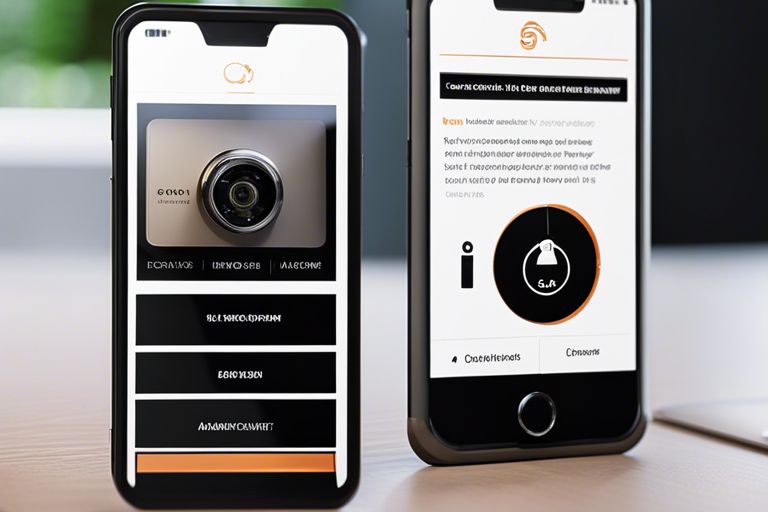Introduction
Identity theft is a serious crime that can have devastating consequences for its victims. It occurs when someone uses your personal information, such as your name, social security number, or credit card details, without your permission. If you suspect that you have become a victim of identity theft, it is crucial to act quickly and report the incident to the appropriate authorities. In this article, we will guide you through the steps of reporting identity theft and provide you with some valuable tips to protect yourself from future incidents.
Step 1: Contact the Authorities
The first step in reporting identity theft is to contact your local law enforcement agency. Provide them with all the necessary details and any evidence you may have. They will create a police report, which is an essential document for resolving the issue with credit bureaus, financial institutions, and other organizations.
Step 2: Notify Credit Bureaus
Next, you should contact the major credit bureaus – Equifax, Experian, and TransUnion – to place a fraud alert on your credit report. This alert will make it more difficult for identity thieves to open new accounts in your name. You only need to contact one of the bureaus, as they are required to notify the other two.
Step 3: Contact Financial Institutions
If you suspect that your bank accounts, credit cards, or other financial accounts have been compromised, contact the respective institutions immediately. They can freeze or close the accounts to prevent further fraudulent activity. Make sure to monitor your accounts regularly for any unauthorized transactions.
Step 4: Report to the Federal Trade Commission (FTC)
The FTC is the leading agency in the United States for helping victims of identity theft. You can file a complaint with them online or by phone. The FTC will provide you with a personalized recovery plan and assist you in resolving any issues related to identity theft.
Step 5: Report to Other Organizations
Depending on the nature of the identity theft, you may need to report the incident to other organizations. For example, if your social security number has been compromised, contact the Social Security Administration. If your passport or driver’s license has been stolen, notify the relevant authorities. Keep a record of all the organizations you have contacted and the date and time of your communication.
Tips to Protect Yourself
- Regularly monitor your financial accounts and credit reports for any suspicious activity.
- Use strong, unique passwords for all your online accounts and enable two-factor authentication whenever possible.
- Be cautious when sharing personal information online and only provide it to trusted sources.
- Shred any documents containing sensitive information before disposing of them.
- Keep your computer and mobile devices updated with the latest security patches and antivirus software.
Conclusion
Reporting identity theft is a crucial step in mitigating the damage caused by this crime. By promptly reporting the incident to the authorities and taking the necessary steps to protect yourself, you can minimize the impact and prevent further fraudulent activity. Remember to stay vigilant and follow the tips mentioned in this article to safeguard your personal information.






